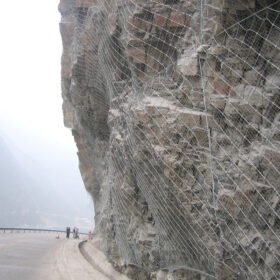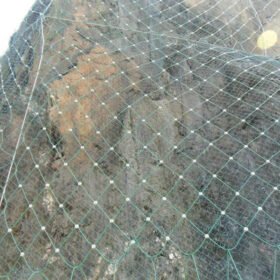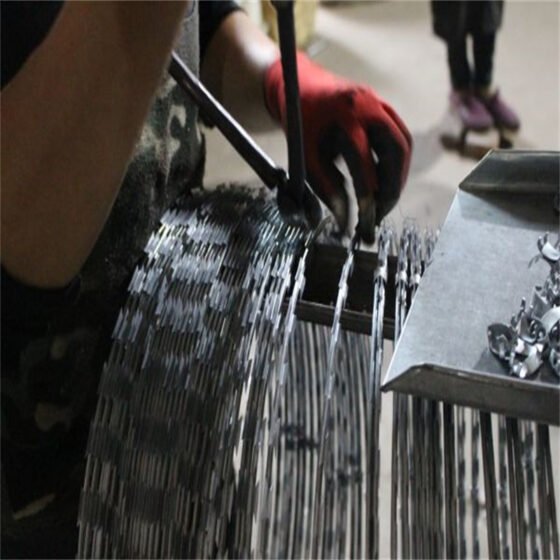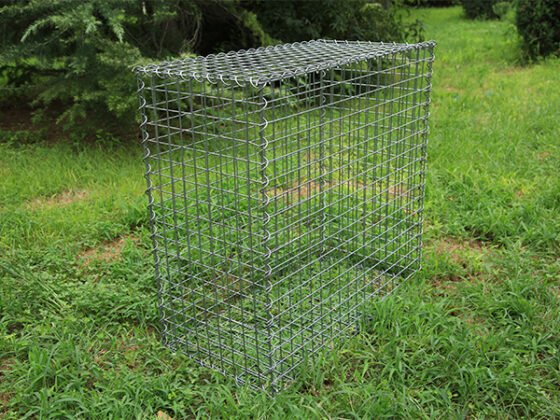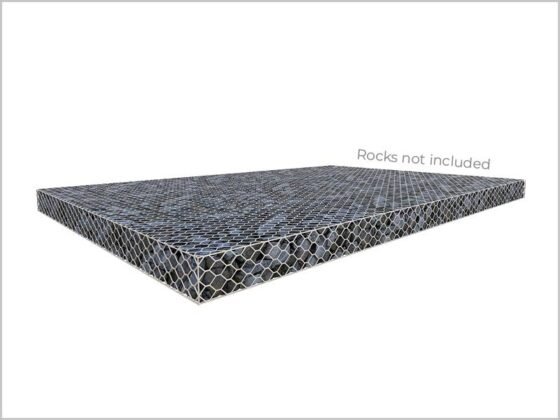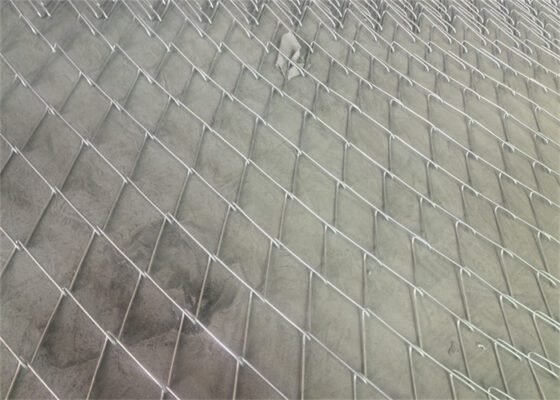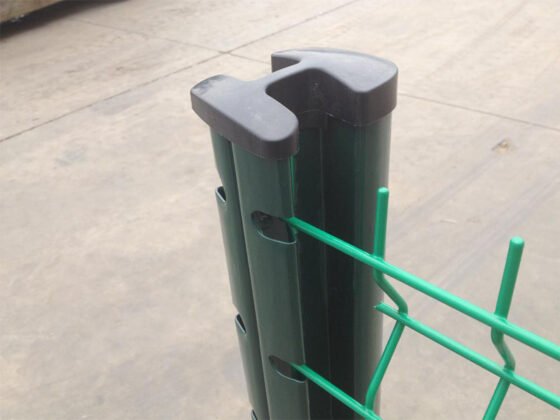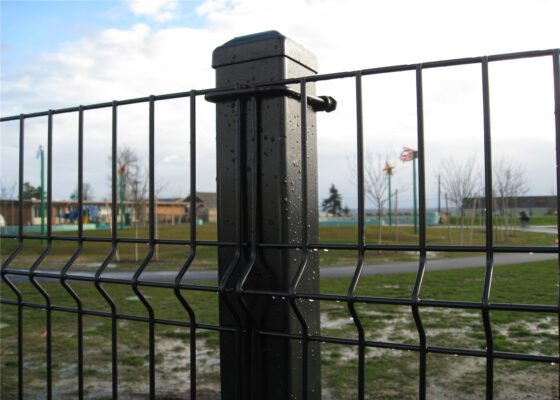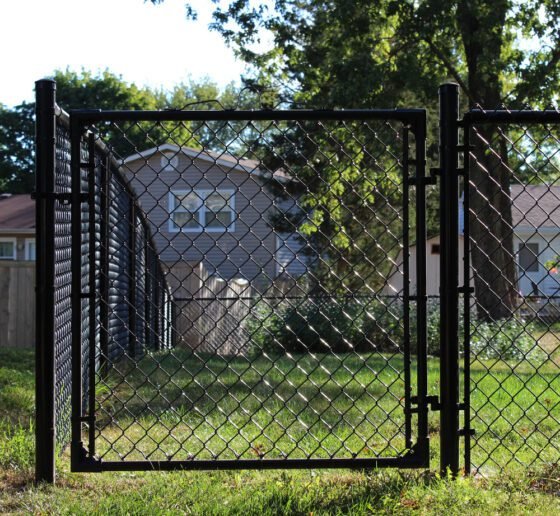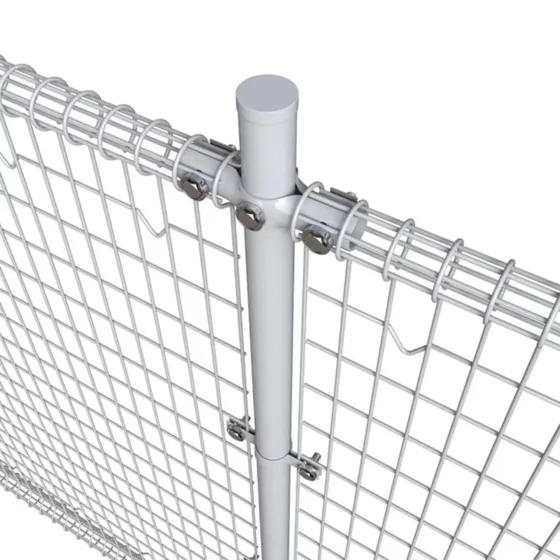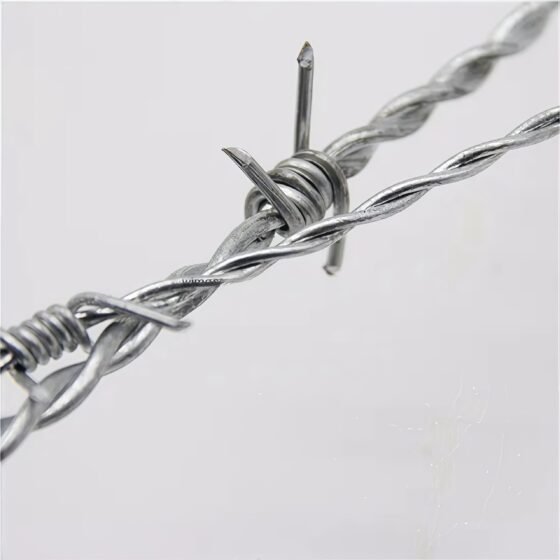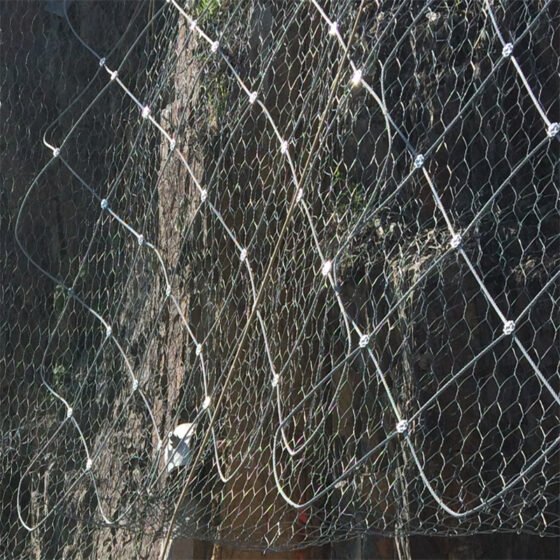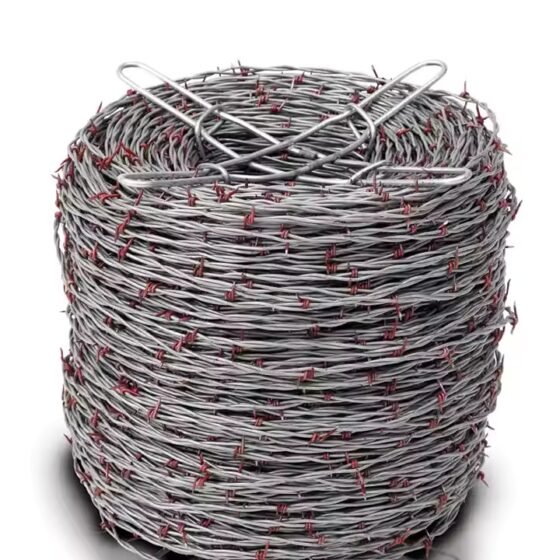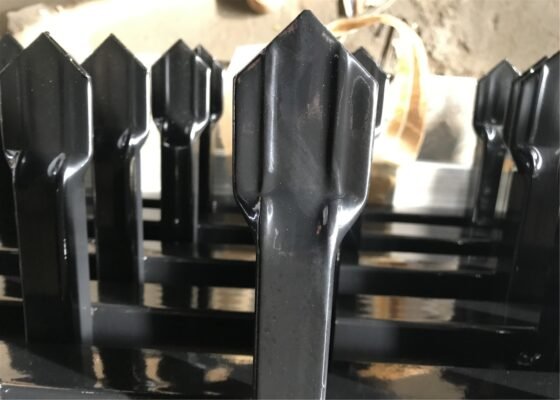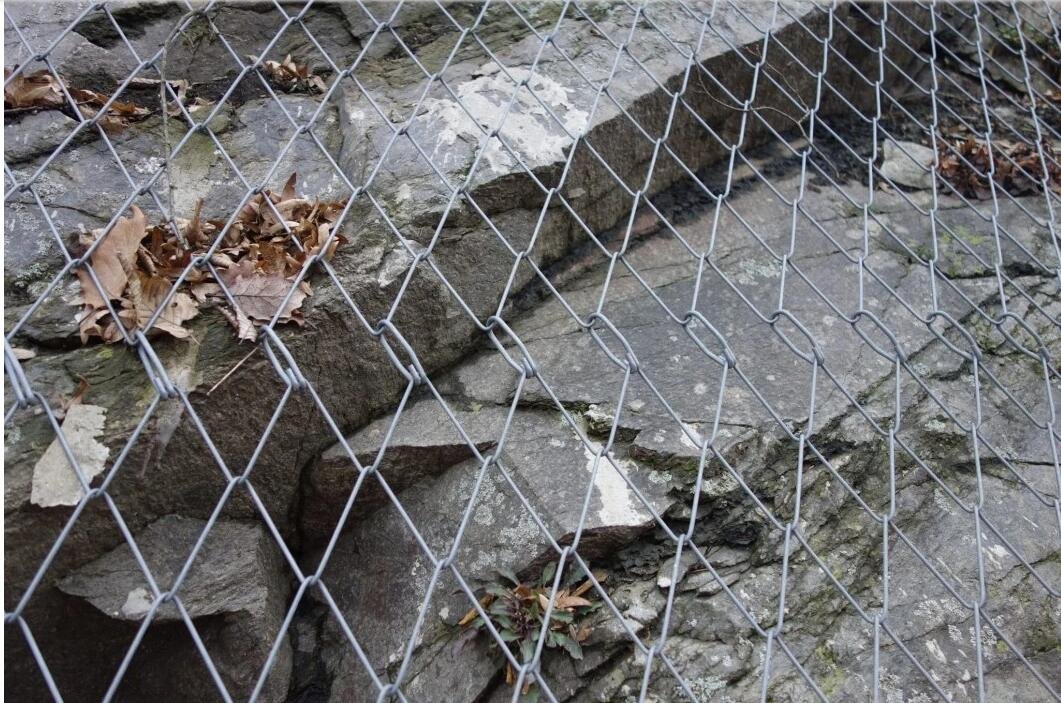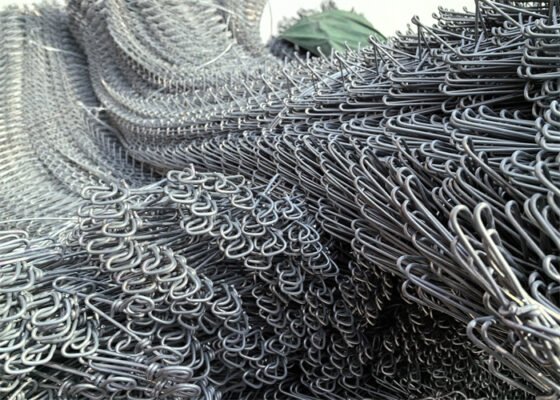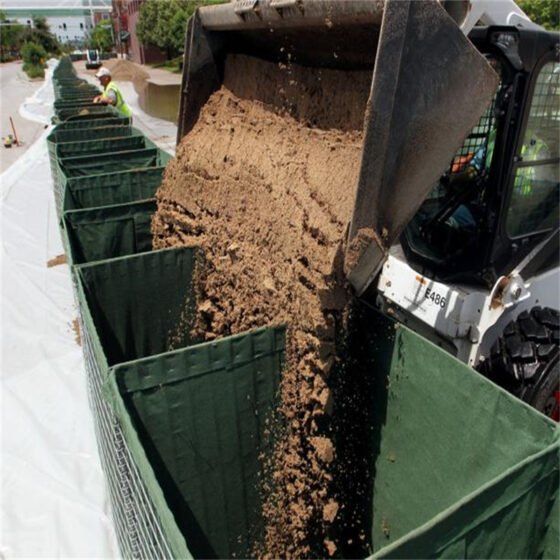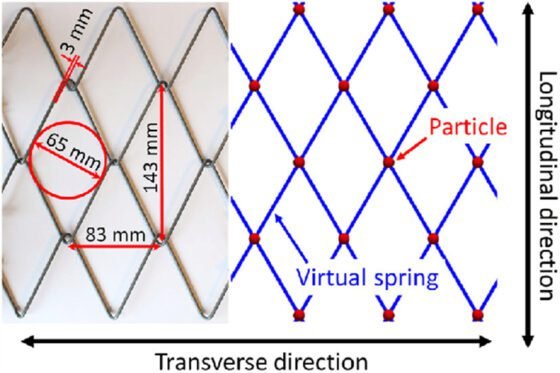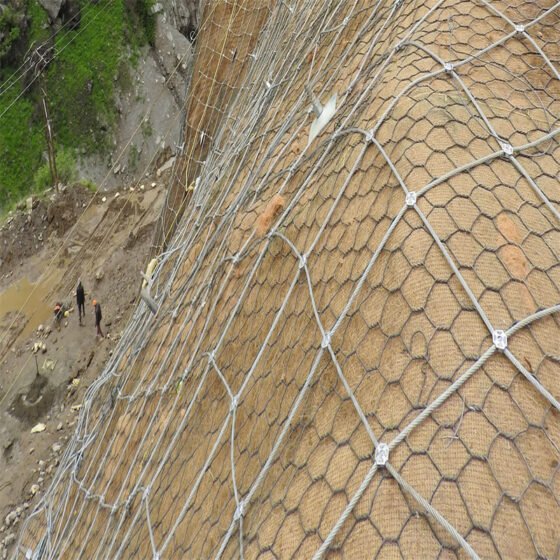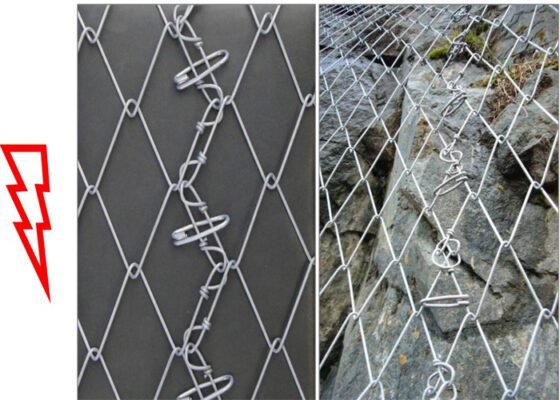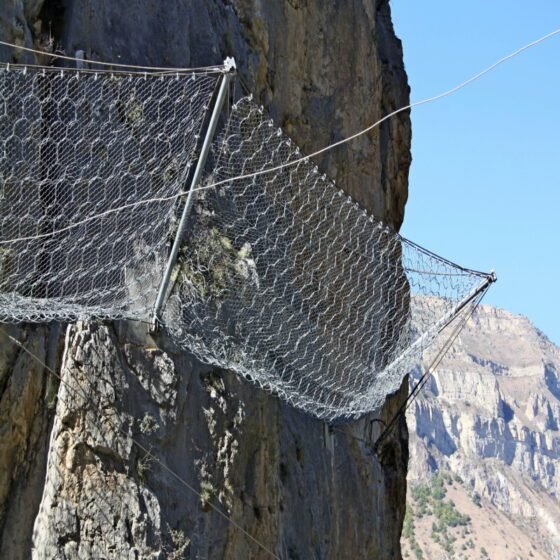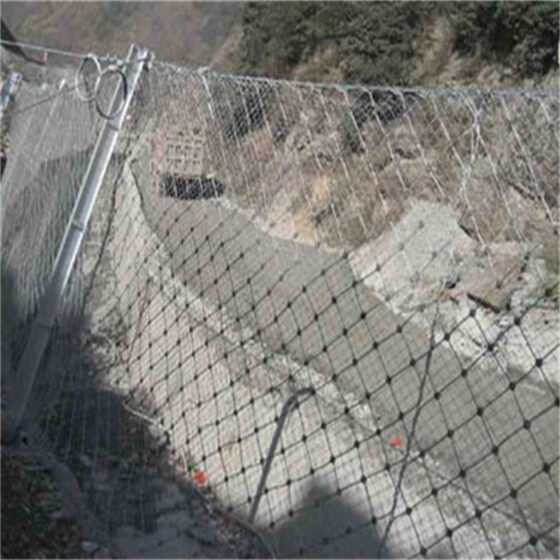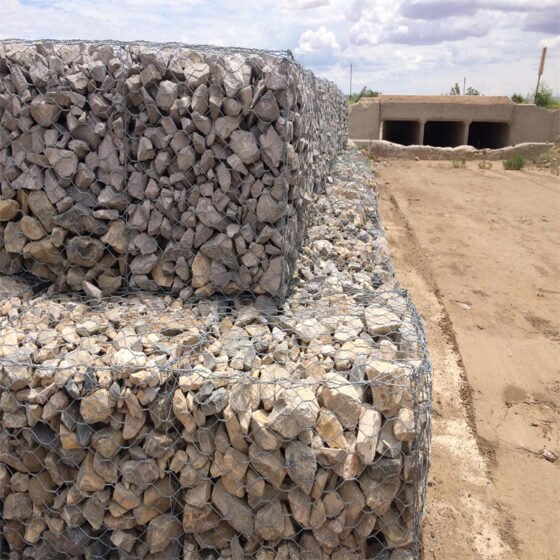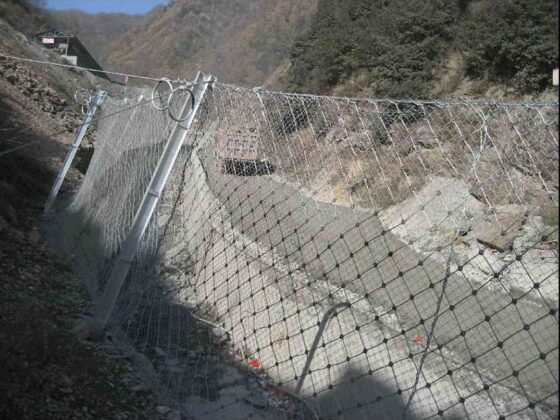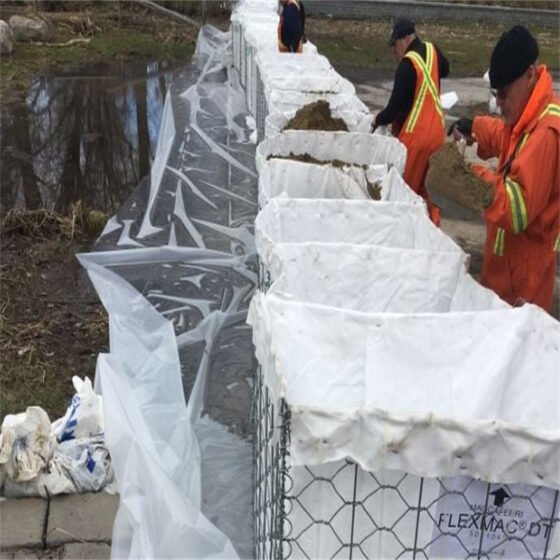The GPS2 rockfall barriers system includes a steel wire rope net, grid mesh, and anchor rods. It serves as an area protective net. The net acts as a cover, similar to sprayed concrete and soil nailing walls. Anchors secure the net and mesh, controlling rock and debris collapse on slopes.
The GPS2 system uses steel wire rope nets wrapped around slopes needing protection. This setup limits weathering, peeling, or destruction of rocks and soil. It reinforces against rockfalls and confines falling rocks within a specified area.

Specifications GPS2 Active Rockfall Barriers
Product Specifications: System components include steel wire rope anchors + support ropes + sewing ropes + steel wire grid [or edge (top edge) anchorage (steel rope anchors 2-4 m apart at 4.5 m intervals) + longitudinal and transverse support ropes (2-∮16) + steel wire rope net (08/300/4*4)].
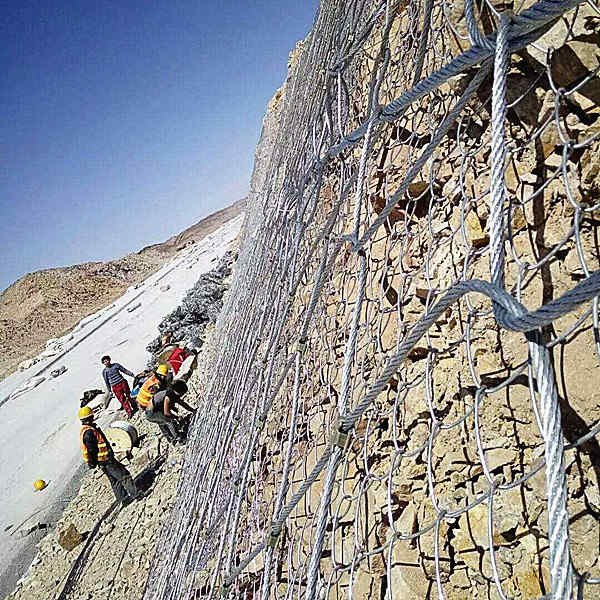
| Feature | Specification |
|---|---|
| Material | Steel wire rope net |
| Wire Diameter | 8 mm |
| Mesh Size | 300 mm × 300 mm |
| Chain Link Mesh | |
| – Wire Diameter | 2.2 mm |
| – Hole Size | 50 mm × 50 mm |
| – Roll Size | 2.25 m × 10.2 m |
| Wire Rope Anchor | |
| – Diameter | 16 mm |
| Horizontal Supporting Rope | 16 mm |
| Vertical Supporting Rope | 12 mm or 16 mm |
| Structure | Double layers (chain link mesh and wire rope net) |
| Length of Wire Rope Anchor | 2 m – 3 m |
How it works
The GPS2 rockfall barriers consist of steel wire rope net, regular steel grid, and TECCO Mesh. The first two components use anchors and support ropes for stability. TECCO Mesh is secured with rebar, steel wire anchors, and necessary support ropes. The system’s openness allows groundwater to drain freely, preventing slope instability. It stabilizes slopes and prevents further weathering erosion.
The system adapts to any slope shape without altering its original form or vegetation. Its openness preserves conditions for future artificial greening. Vegetation grows freely in its open spaces, integrating with the protection system. This integration stabilizes the soil and controls slope degradation. It protects the slope’s geomorphology and vegetation, ensuring optimal slope protection and environmental preservation.
GPS2 rockfall barriers Characteristics:
The working principle is similar to surface slope protection systems like sprayed concrete and soil nailing walls, but due to its flexibility, the system can distribute localized concentrated loads evenly around to fully utilize the entire system’s protective capability. This means localized loading with overall effectiveness, allowing the system to withstand larger loads while reducing the anchorage requirements of individual anchors.
Practical application case:
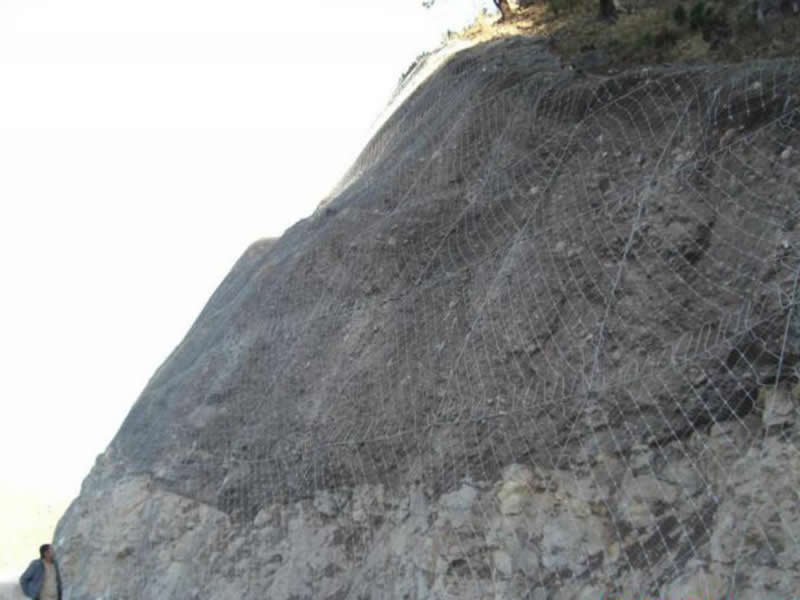
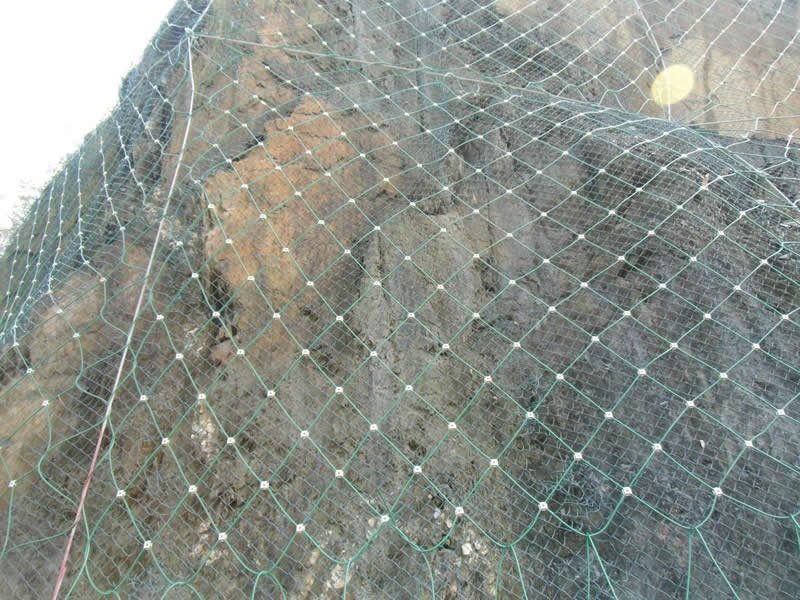
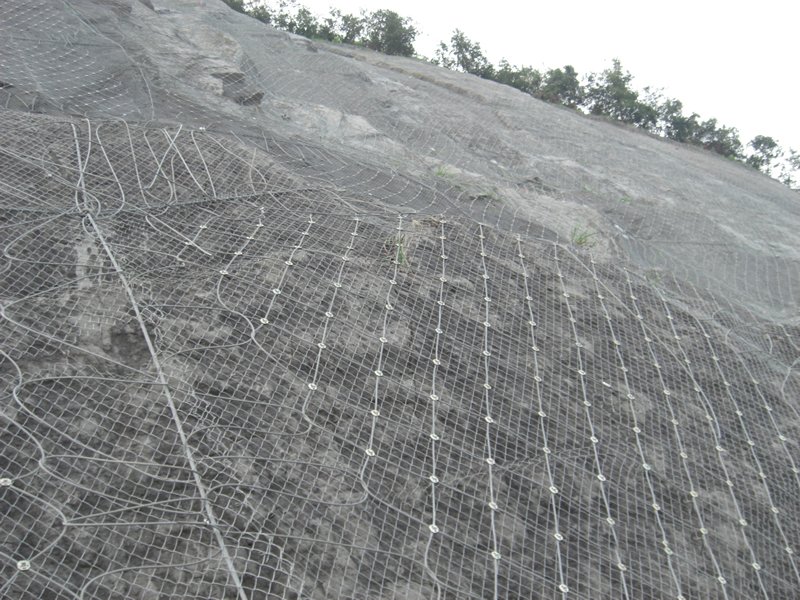
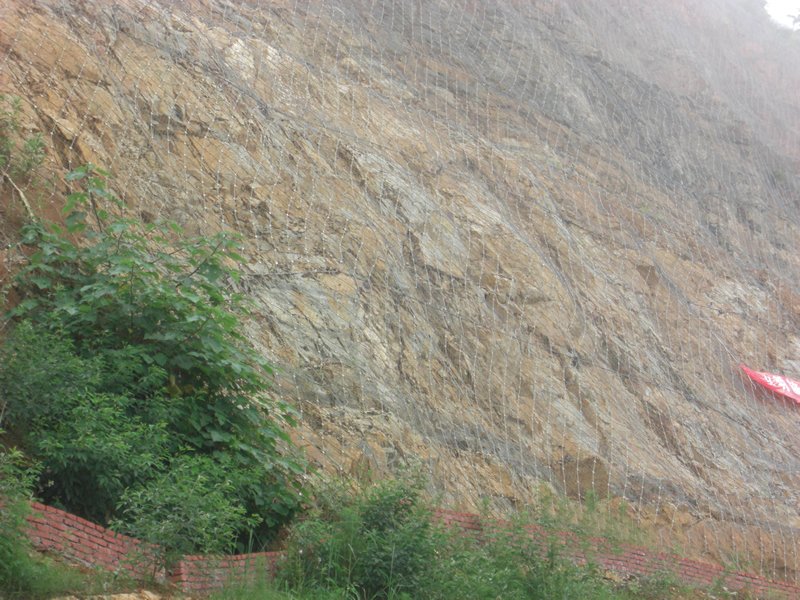
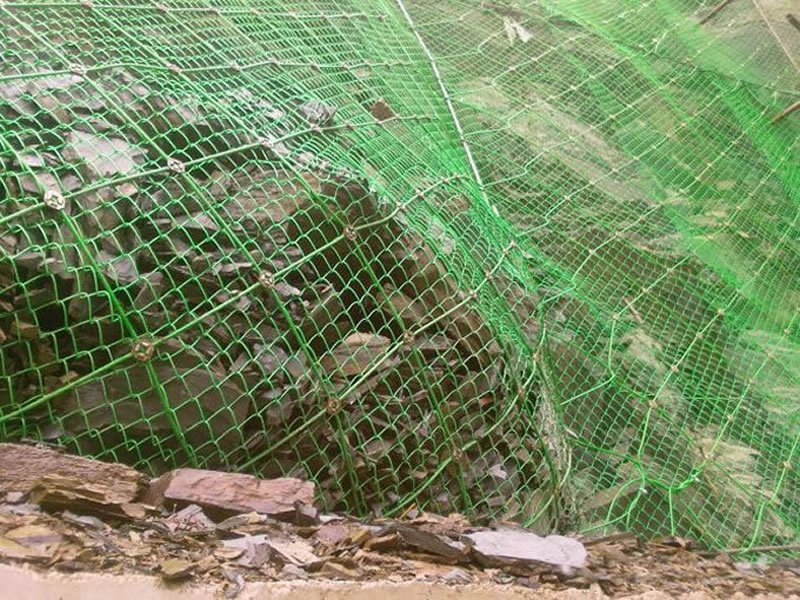
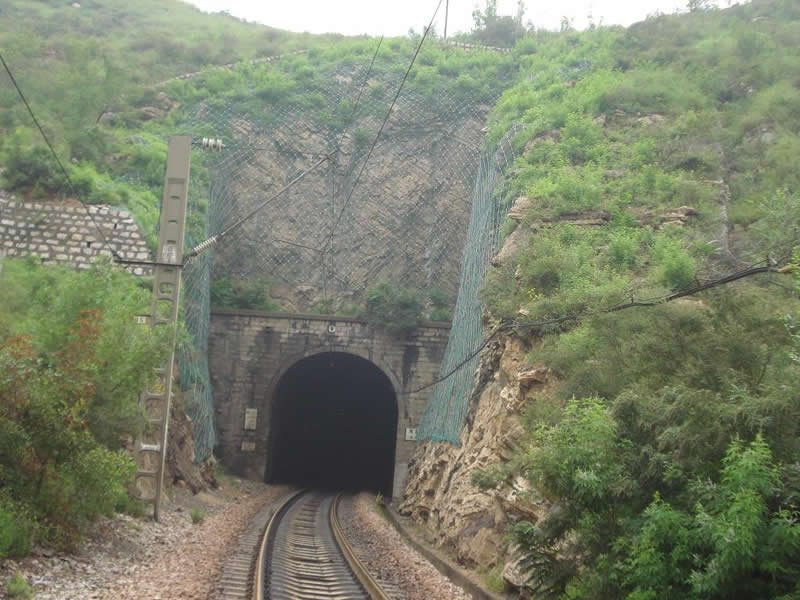
The GPS2 rockfall barriers are very useful for several purposes:
- Slope Protection: They help keep slopes stable by holding back rocks and debris that could slide down.
- Prevent Erosion: The barriers control soil erosion by blocking loose rocks and soil from being washed away.
- Safety: They provide safety for roads, buildings, and other structures at the base of hills or mountains by catching falling rocks.
- Environmental Conservation: These barriers allow vegetation to grow through them, which helps integrate the barrier into the natural environment and supports plant growth for soil stabilization.
- Flexible Design: Because of their flexible design, these barriers can adapt to different terrains and provide effective protection against rockfalls.
- Infrastructure Protection: They protect infrastructure like roads, bridges, and footpaths located near slopes or cliffs from rockfalls.
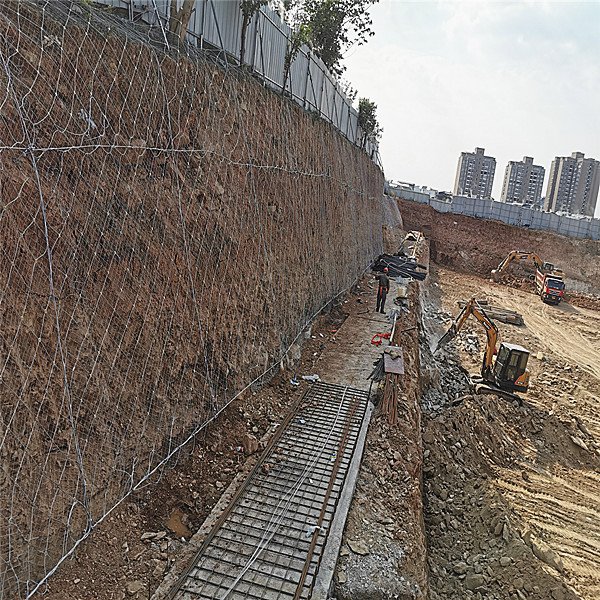
Conclusions
GPS2 rockfall barriers are crucial for managing and reducing risks in areas with unstable slopes and frequent rockfalls. They effectively hold back debris and stabilize slopes, making the areas around them safer for infrastructure and people living close to these hazardous zones. These barriers also help the environment by letting vegetation grow, blending naturally with the landscape and making the ground stronger. With their adaptable design and strong build, GPS2 rockfall barriers offer a dependable, long-term solution for protecting against rockfalls, controlling soil erosion, and preserving the environment. This makes them incredibly valuable for urban planning and managing natural resources.
 BMP Slope Protection
BMP Slope Protection

